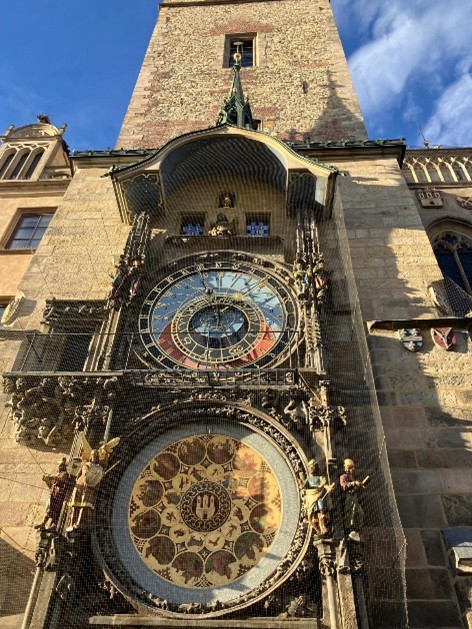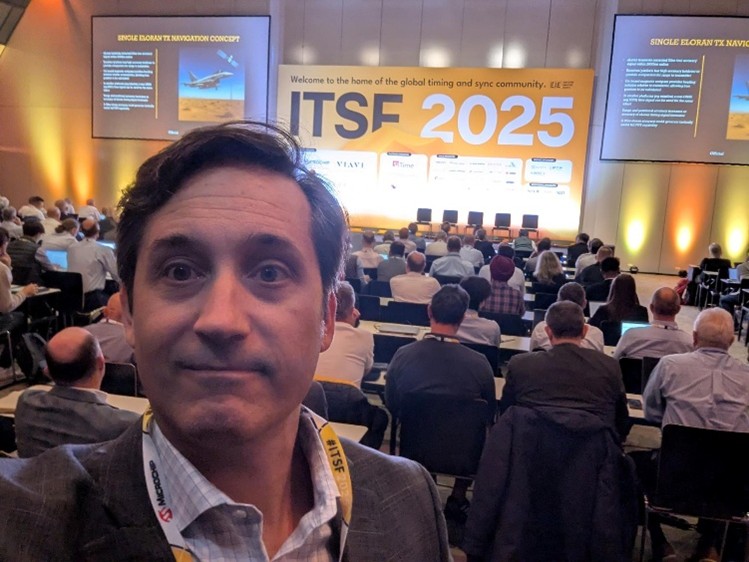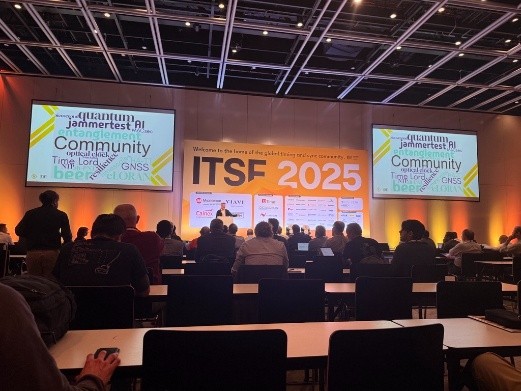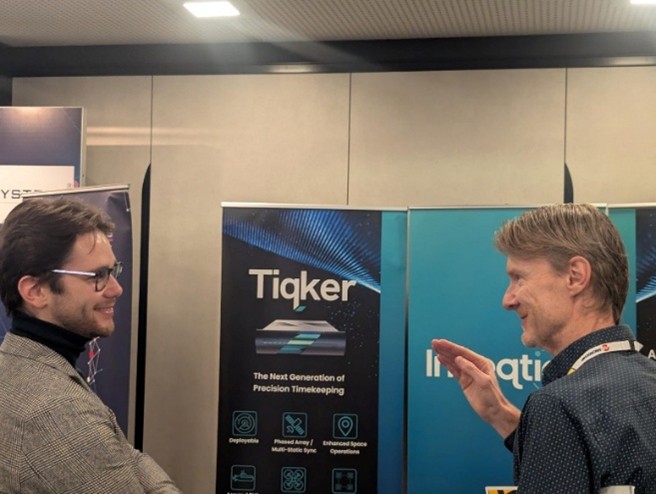A week after ITSF 2025, Prague still feels like the perfect place to have talked about the future of time, a future that will be measured in picoseconds. The city has always had a relationship with precision, rhythm, and celestial order. Standing before the Prague Astronomical Clock, still ticking after more than six hundred years, it is easy to see why this city was chosen. That clock was once the height of technological ambition, combining astronomy, artistry, and engineering to give meaning to time itself. This year’s forum carried the same spirit, but with a new goal: to redefine how the modern world keeps time, connects systems, and stays in sync.

The discussions at ITSF made it clear that we have reached the limits of what satellite timing can do. GPS has served as the world’s common heartbeat for decades, but it was built for navigation, not for a world that depends on instantaneous communication and distributed intelligence. What comes next will be built on the ground, not in orbit. That is where Tiqker comes in, bringing quantum-enabled, optically stabilized time transfer from theory into practice. By replacing fragile radio signals from space with light through fiber, Tiqker synchronizes entire networks with astonishing precision, accurate to trillionths of a second. It is not just an upgrade; it is a revolution in how we define trust, security, and performance across global systems.

What stood out most during the week was the growing recognition that time itself is now a matter of security and independence. Countries and companies alike are beginning to treat time as a strategic resource. When communication networks, defense systems, and financial platforms depend on absolute accuracy, losing access to a reliable time source is not just inconvenient, it is dangerous. The shift to terrestrial and quantum-stabilized systems is about control and continuity. It ensures that when satellites fail or signals are compromised, the clocks on the ground keep everything running in perfect coordination.

The implications are enormous. Data centers spread across continents could soon operate as if they were a single machine. Telecommunications networks can maintain perfect synchronization for the next generation of services. Power grids, autonomous vehicles, advanced sensor networks, edge computing, and generative AI infrastructure all rely on this invisible precision, and Tiqker is building the backbone that makes it possible. The industry is moving from measuring time in milliseconds to governing it in picoseconds, because that is what the next phase of global communication and computation requires.

Looking back on the week, ITSF 2025 felt like a bridge between the mechanical past and the quantum future. The Prague Astronomical Clock was once a symbol of mastery over time. The systems discussed at the conference carry that legacy forward, giving humanity the ability not just to measure time, but to shape it with new levels of accuracy and resilience. And in true Czech fashion, the conference’s evening outing to the Strahov Monastery Brewery reminded everyone that while precision is essential, celebration is equally timeless. In a country that leads the world in per capita beer consumption, it felt right to raise a glass under the vaulted ceilings of a 12th-century monastery, toasting both the history that brought us here and the future that will keep perfect time.

